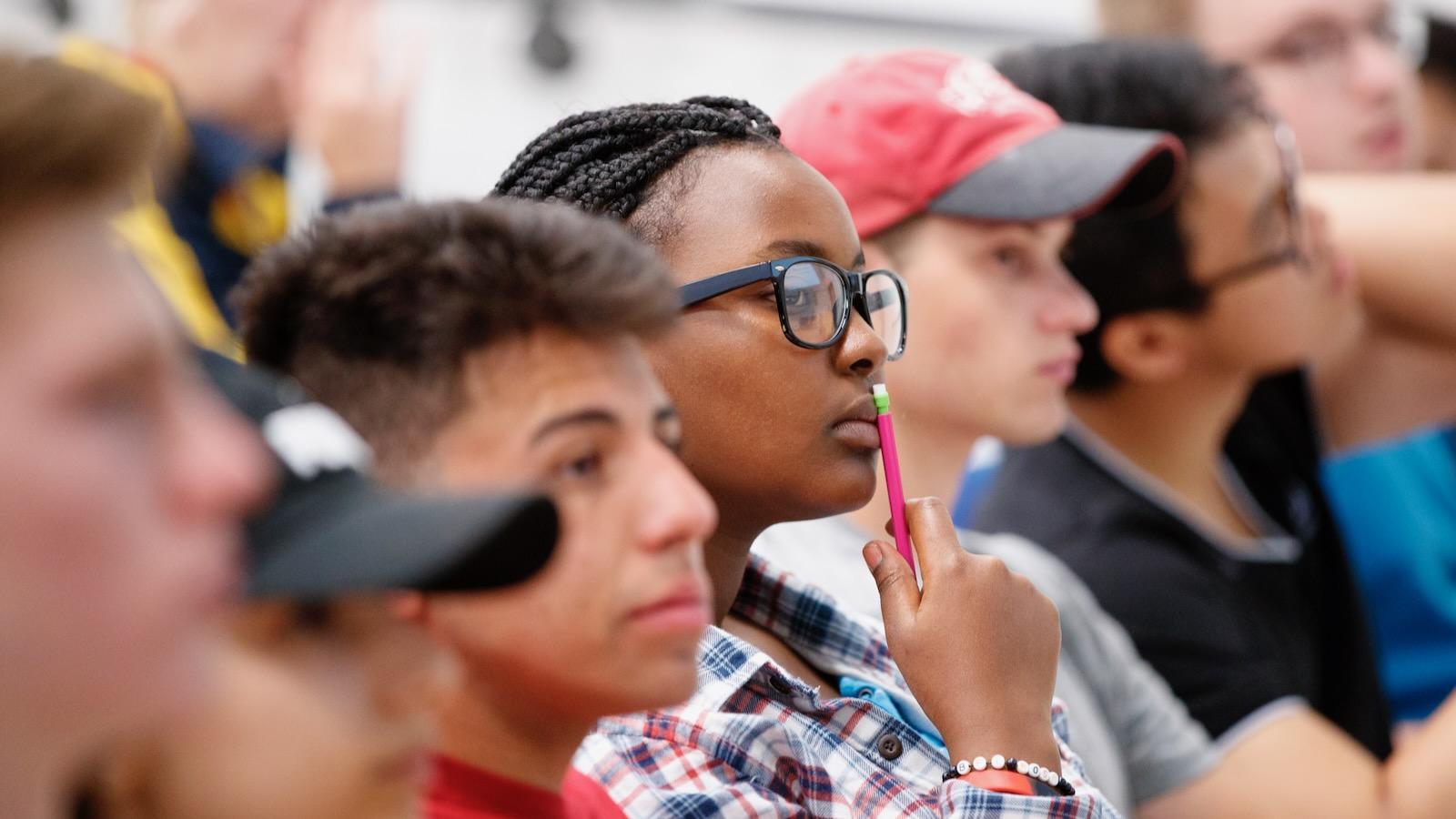One misconception that some instructors have is that diversity and inclusion related content is only relevant to courses that explicitly teach about diversity. In reality, you can incorporate materials and examples that represent a diverse array of backgrounds in any course to create a more inclusive educational experience for students. The following strategies can help you thoughtfully and meaningfully integrate diversity and inclusion in your courses to both deepen students' understanding and enhance their sense of belonging.
Select course materials from a diverse group of authors
An important way of making students of diverse backgrounds feel like they belong in your discipline is to ensure they see themselves represented in the materials you assign to students. Take some time to ensure that people from a variety of different groups and perspectives are represented as authors, experts, and role models in your course materials. Try to spread these throughout the course rather than just putting them in a single ‘diversity’ unit. This provides students with the opportunity to see people like themselves as experts in the area. It can help to give students biographies for all authors used in the course so they don’t have to search for this information themselves. This resource has additional suggestions for diversifying your course content.
Use images and examples that represent a wide range of people
When crafting examples, avoid using images or references that require knowledge of American culture because not all your students will understand the image or example. When using fictious names in class materials, such as exams or case studies, represent a variety of different genders, races, ethnicities, and countries of origin. Behind the Name and Fake Name Generator can help you generate names to use in your course materials. Also think about how you might incorporate examples of different cultures, religions, disabilities, ages, etc.
It can sometimes be difficult to find relevant images of people who belong to marginalized groups since they tend to be historically underrepresented. There are several free sources of images that have intentionally incorporated more diverse models. Pexels and Pixabay both have images for a variety of diverse groups. There are also free image sites highlighting people of color, women in technology, body positivity, and disability.
Integrate diversity related content when applicable
In some disciplines, it may feel like the course content is objective or abstract in a way that doesn't lend itself to conversations about diversity and inclusion in the classroom. While the connection may sometimes be less obvious, we encourage you to think about ways in which you can have meaningful conversation with your students about these topics. This resource has examples and materials from a variety of different disciplines that may help you get started, with particular focus on anti-racist pedagogy.
In any discipline, it can be particularly useful to talk about diversity when teaching the history of your field. When learning about foundational figures, try to present biographies so students can think about which groups of people have tended to dominate the field and who has been marginalized. If there is significant homogeneity, consider the impacts that may have had on the development of the field. Analyze how systems of power have shaped the theories, research, and other creative work that has led to the present. Be sure to highlight the contributions of marginalized people throughout the course, particularly in situations where those contributions have been downplayed or erased in the traditional narrative of the field.
Resources
- This resource from the University of Minnesota has links to diverse syllabus projects from a wide range of disciplines and topics.
Topics
